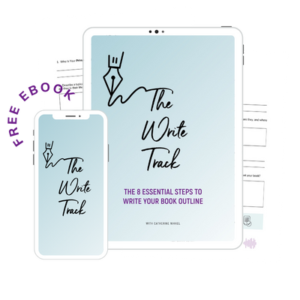Did your mother ever tell you to, “watch your tone?” And I’m sure we’ve all been either on the receiving or the sending end of a misconceived text message or email. Awkward, am I right?
When it comes to discussing TONE, we’re talking about the feeling or the atmosphere that is created by the words we say or write. As you can imagine, it is much easier to communicate tone through spoken language. Facial expression and verbal cues (like volume, pitch, and emphasis) all make that job a much easier one.
When it comes to written language, however, conveying tone accurately can be a little more challenging. This is why it’s important to stop and think about tone when it comes to storytelling.
Whether it’s a blog post, an article on LinkedIn, an email campaign, or even just an update on Facebook, tone consideration is essential to ensure that your message is communicated accurately and as you intentioned.
Here are some examples of TONE:
- Humorous
- Objective
- Enthusiastic
- Sarcastic
- Personal
- Serious/Introspective
- Critical
Now, think of your role as a storyteller for your business or brand. Take a few minutes to consider the following questions:
- Who is your target audience and what are they looking for (i.e. to be entertained, to be informed, to be reassured, etc)?
- What is your primary message (i.e. what are you trying to convey) and what are you trying to achieve?
- From the list above, how would you like your message to come across (i.e. what is your desired tone)?
Hopefully, that exercise provides some jumping off points for your next storytelling campaign.
And, if I may add in some tips and tricks (and even some hard-learned lessons) from several years in this industry…
- Aim to be consistent. While variety may be the spice of life in some areas, it can be very confusing to a reader if your tone is all over the place. This is not to say that it has to be exactly the same, all of the time, but do give preference to one or two and stick with them the majority of the time.
- Avoid certain tones altogether – it should come as no surprise that a negative, sarcastic, or critical voice is not recommended when it comes to storytelling for your business.
- Play on your personality. We all have different gifts and strengths and we can use them to our advantage here. If you are naturally funny, then using humor as your main tone in your writing will come across as both authentic and engaging.
One more point on tone and then I’ll wrap it up…
The use of adjectives in your writing (and in our speech) is the best way to get your tone across. For example, if you have a positive, enthusiastic message to convey, try integrating any of the following words into your text:
- Inspired
- Delighted
- Passionate
- Sincere
- Optimistic
When I first completed this exercise, I was so impressed with how much clearer and confident I felt about my writing. Once I had established my consistent tone, I created a working list of adjectives and other descriptive language, and was able to move forward with my storytelling.
Such a time saver! And I am confident in the knowledge that my audience receives my messages in the way they are intended.
Happy storytelling!
Resources
Join The Storytellers Café – My free training community to help you create an impact through your story
Enrol in The 5-Day Content Experience – Learn how to repurpose your content like a pro…in 5 minutes a day!

Email: catherine@catherinenikkel.com
Facebook: https://www.facebook.com/profitablestories/
Need help telling your story in your own voice? Let’s make it happen. Schedule a consultation with me here







